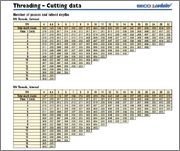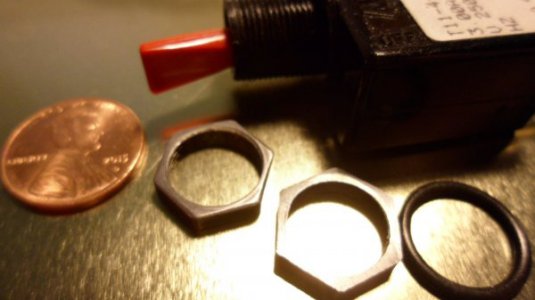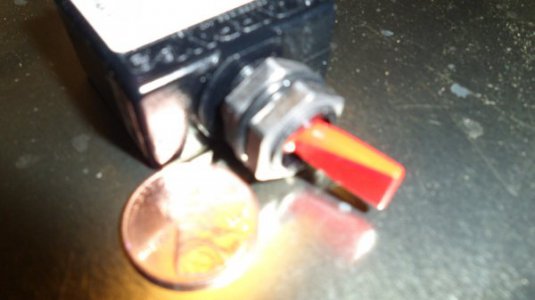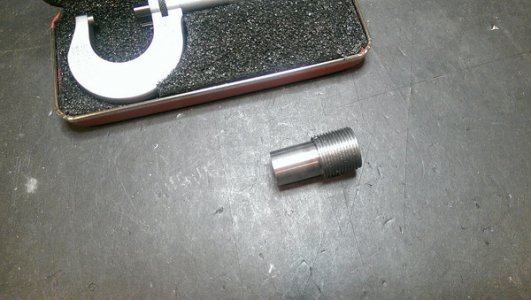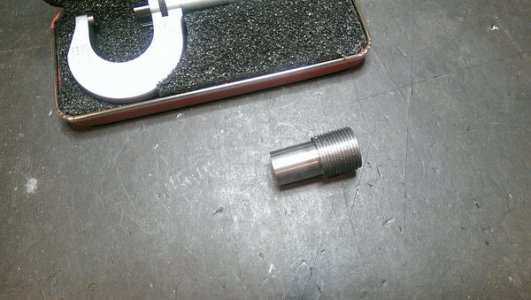Bob is steering you good. My suggestion is 16 tpi.
Try to cut the female threads first and then cut the male threads for the fit you want. Sneak up on final dimensions of male threads by using the female part for trial fits. Go slow, it is easier to take a tad more off than to add a tad back on.
Try to cut the female threads first and then cut the male threads for the fit you want. Sneak up on final dimensions of male threads by using the female part for trial fits. Go slow, it is easier to take a tad more off than to add a tad back on.


